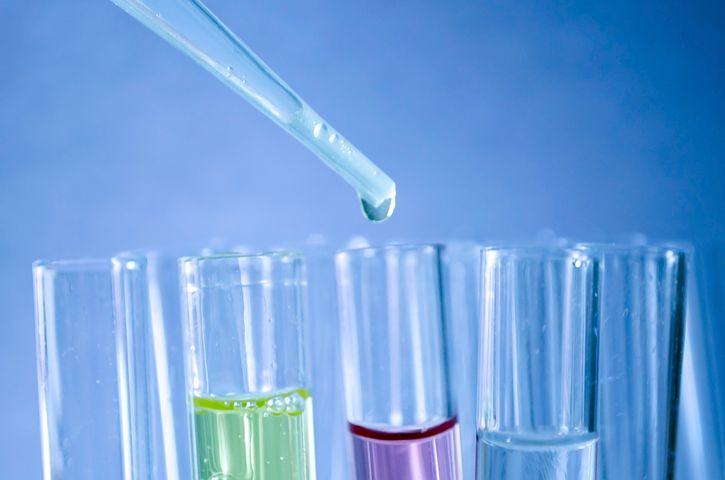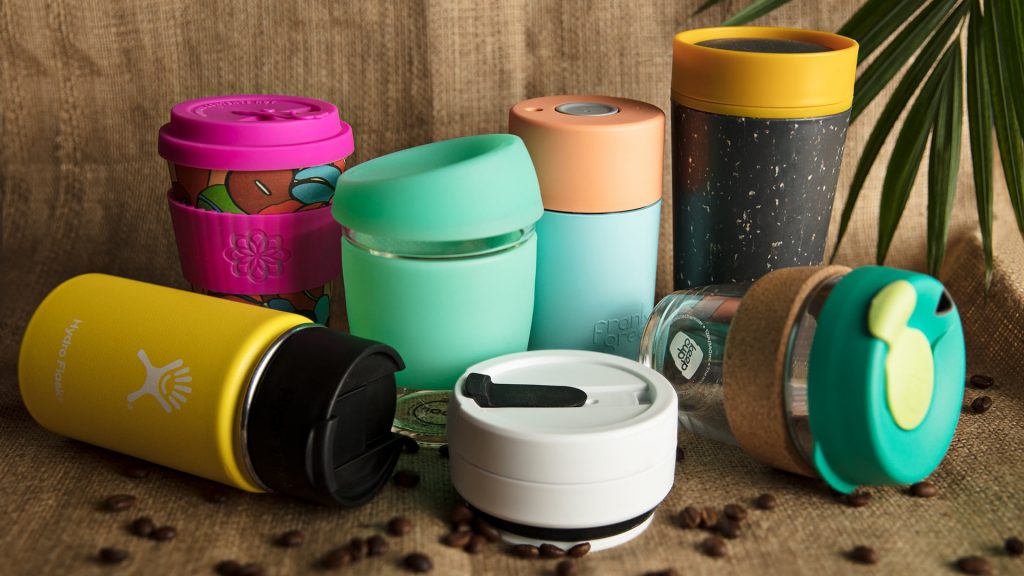
There’s something the retailer of your bamboo reusable coffee cup isn’t telling you: the bamboo isn’t alone in there. To make the bamboo coffee cup completely water proof and durable a plastic component must be added to the mix. Yep, you read that right – plastic. Melamine, to be precise. Which is known to cause kidney and bladder damage if ingested. But that’s not the worst part! The third material used to form your coffee cup is…formaldehyde. Which is used in some adhesives, fibreboard, permanent press clothing and cleaning products…and is a known carcinogen. Especially if inhaled or ingested. Even if you’re not planning on eating or smoking your cup for access to the melamine or formaldehyde, you should still read on.
So you’ve got your ‘eco-friendly’, ‘sustainable’, ‘biodegradable’ bamboo (and melamine and formaldehyde) coffee cup, and are keen to put it to use! What do you fill it with? Hot coffee. And here’s where we run into issues. The acidity and heat of the liquid will very likely cause some of both the melamine and the formaldehyde to leach into the beverage!

12 brands of bamboo coffee cups were tested by German consumer group Stiftung Warentest, and the findings were concerning. The cups were each filled with a hot (158° F/70° C), slightly acidic liquid and left for two hours. This was repeated seven times, and the liquid was measured for contamination by formaldehyde and melamine after the third and seventh filling. Four of the twelve cups showed very high amounts of melamine in the liquid after just the third filling. In 3 of the other cups this level of contamination occurred after the seventh filling. There were also high levels of formaldehyde detected. Most alarming is that the amount of the contaminants didn’t dissipate as number of fillings increased: the more use of the cup simply means more of the chemicals leaching into the liquid you’re consuming.
The other problem with these cups is that if they are microwaved, the integrity of the cup is damaged. What this equates to is even further release of the two harmful products. While most bamboo cup packaging will warn for them not to be microwaved, the seriousness of the no-no is not explained, so if someone should do it once, and the cup seems fine, they may continue to do it.
What about the other ecological advantages of the bamboo (and then some) coffee cup? The sustainability aspect of the bamboo is fairly secure – it’s the fastest growing land based plant (fun fact: it’s a grass, not a tree), sequesters approximately twice the carbon of most trees and produces more oxygen too! So yes, if not solely monocultured, it’s sustainable. What about the promise that it’s biodegradable? Well bamboo is. But of course once you know that the bamboo material is joined by the other products, you won’t be surprised to learn this makes it most definitely not biodegradable.
So to me, the most frustrating part of all of this is the greenwashing element. So many of us are trying, really hard, to be more eco-friendly and purchase sustainable, environmentally responsible products. And in this case, we’re being led astray. Although the bamboo version is better for the planet than your paper/plastic combo takeaway cup, it’s not better for you.
We applaud everyone making these small, but impactful, changes to lead a more sustainable life. But there are other, genuinely environmentally responsible options, like glass, ceramic or stainless steel, so our recommendation is to reconsider the bamboo reusable coffee cup.




